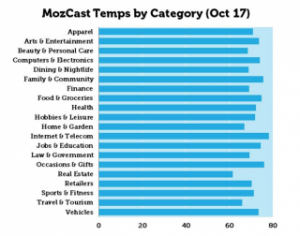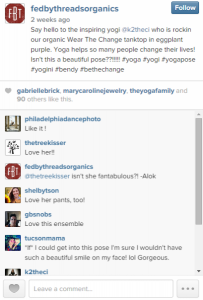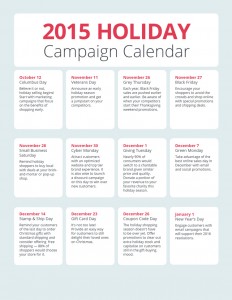How to hire for culture when ‘culture fit’ can be dangerous and exclusive
InHerSight’s Beth Castle explains what to do when “Culture is nebulous, ‘culture fit’ is restrictive and can forge a dangerous path toward groupthink and exclusion, and often, even behavioral interview questions fail to address that certain, for lack of a more precise word, ‘vibe’ of a good hire.”
BY Beth Castle
I recently attended a panel on the importance of prioritizing culture as businesses scale. The premise, which I wholeheartedly agree with, was that positive company culture can become a huge driver of your business strategy. Companies run more smoothly when everyone embodies the same values, from how they interact with customers to how they empathize or even goof around with one another.
But during the Q&A, one attendee asked the showstopping question: How do I hire for culture?
The panelists’ answers were transparent but vague—understandably. This topic is nuanced. Culture is nebulous, “culture fit” is restrictive and can forge a dangerous path toward groupthink and exclusion, and often, even behavioral interview questions fail to address that certain, for lack of a more precise word, “vibe” of a good hire. I wouldn’t blame anyone for saying, “When you know you know,” and passing the mic to the next respondee.
I’d like to offer a firmer perspective: Hiring for culture starts long before a job is posted.
I work for InHerSight, a company reviews platform that helps employers hire and retain working women. Companies partner with us on employer branding and job listings. Our employer pages include anonymous ratings from women on different facets of a company’s culture and benefits.
So we know that, in all likelihood, a company with good scores for flexible work hours, understanding and respectful coworkers, and family growth support is a match for many working parents. When we see companies with high ratings for mentorship, learning opportunities, and women in leadership positions, we point advancement-minded job seekers to that organization.
But that’s just the first step in our take on culture matching. The second is via employer branding, and I find it to be the most vital, yet often miscalculated, aspect of acing how to hire for culture.
When assessing whether an employer is right for them, job seekers tell us that the most important factor—above even benefits or salary—is whether they feel connected to the company’s employer brand, mission, or values. This information is based on a February 2024 survey of more than 4,000 respondents.
While that insight might prompt you to add your core values and a few company retreat photos to your company’s website, it’s a call to do so much more. This isn’t Field of Dreams. If you build it, the right hires will not simply drop into your ATS. You have to learn how to share, in every way possible, who you are, and who your organization is, to attract the talent you want to your organization. And you have to be really authentic about it.
Gone are the days of the polished quote from the star employee. Talent wants your storytelling to be real. I’ve had a woman tell me she applied to her company because she saw people with playful hair colors on the website, and that made her feel like she’d belong there. Another told me she read an ultra-transparent article about a company’s diversity initiatives, which were not perfect but were evolving, and decided to apply.
Job seekers are looking at your social media, your headlines (good and bad), the actions and words of your leaders, your work in the community, and your content. These stories you tell, before an applicant makes it to the interview, narrow the candidate pool to excited, engaged prospective hires. From there, you can ask those tell-me-about-a-time-you interview questions to learn more.
I think it’s interesting that we wait so long to prioritize company culture in the hiring process—or even frankly, in the growth stage—when things like values and missions are pivotal to the effective functioning of our workplaces. And like every other aspect of the business, such important elements need intentionality and a runway to take off.
How do you hire for culture in 2024? You tell your story, and you make it a damn good one. Then you find a new way to tell it some more.

ABOUT THE AUTHOR
(10)





